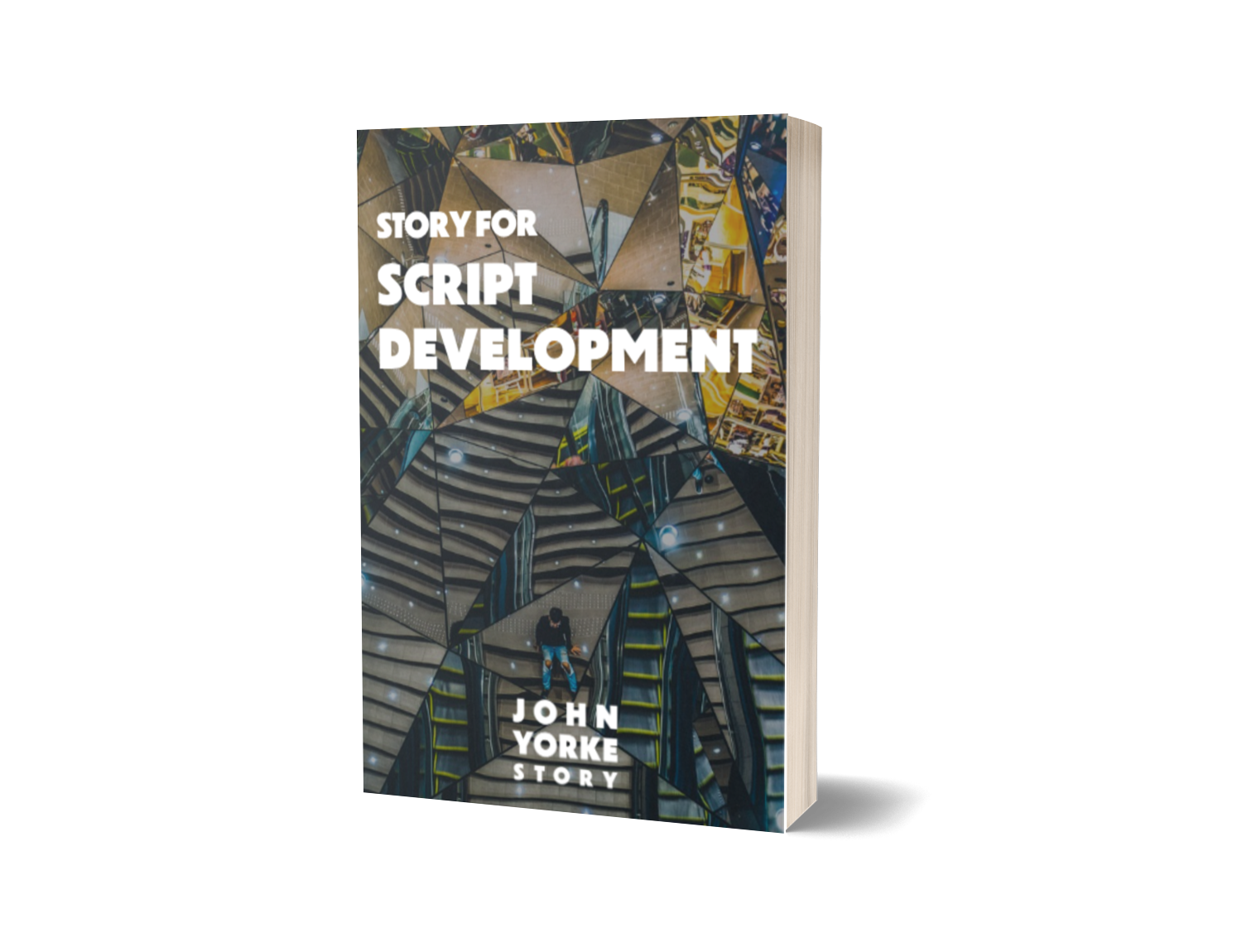1 – Kick off with a strong inciting incident
The competition nowadays to get a series made is so high, so the pace has to be quick. Audiences need to be hooked from the get-go, otherwise they’ll flick channel.
The inciting incident also needs to be enough to arouse the antagonist as well as the protagonist – because the protagonist needs obstacles. Many writers forget that the antagonist also needs to be roused by the inciting incident. They’re content to remind the audience every so often about the forces of evil, or antagonism, but lack a journey for that nemesis.
2 – Learn the difference between a want and a need.
I think of it like this: the protagonist’s want is conscious; their need is unconscious – although it eventually becomes evident.
The want is specific and is aroused by the inciting incident: so, for example, in Star Wars, Luke wants to join the rebel alliance, off the back of his uncle/aunt being killed by the Empire. This is a very idealistic farm-boy dream. Luke gets what he wants (the protagonist doesn’t always), but he also changes emotionally. His need is met, which is that he grows from boy to man, and learns to trust the force. In Aliens, Ripley’s conscious want is to kill the Alien, but her unconscious need is to prove that she can be a good mum.
For change to happen in a three-dimensional way, the want is usually superficial, with the need being deeper. As a writer, it’s good to give the protagonist what they need and not always what they want, as this takes the protagonist on a deeper, emotional journey that will change them.
3 – Make each scene count
When I read a scene, I look for its narrative function – its point. If there isn’t one, then the scene should be cut. When there is a narrative function, the scene still might not work – this might be because the writer doesn’t build the scene to a climax or hook.
Sometimes it can take too long to get to the point of the scene, or the set-up meanders and the narrative function gets buried in all the lovely colour and so on. So hit the ground running – come into the scene at the point of conflict and leave it at the most dramatic climatic moment.
Shows like Holby City or Casualty use a formula that’s been proven to work time and again. They have obvious turning points that demonstrate their act structure really clearly – so watch them to learn how they do it.
– Kieran Grimes
4 – Learn structure by watching TV drama
Study medical dramas in particular. Shows like Holby City or Casualty use a formula that’s been proven to work time and again. They have obvious turning points that demonstrate their act structure really clearly – so watch them to learn how they do it. Police dramas like Line of Duty are interesting to study, too.
Saying that, the writers of shows like Breaking Bad and Ozark are so skilled that they can break the rules.
5 – Build empathy for your protagonist
Building empathy for a character means getting under their skin as well as keeping them active. Make the audience understand why they do what they do, and let them see the character responding emotionally.
Let the character lead the story, so if they’re in a particular situation, mine where they are emotionally and explore what this might make them do. If it means turning from the plot for a beat, that’s okay – understanding where a character is emotionally is just as important. It’s about creating fully rounded, three-dimensional people with feelings.
To sum up
All this can seem a lot to keep your eye on at first. But as you hone your craft it all becomes second nature. It’s also instinctive in a lot of writers. So, always start from the heart and just write the story down. Then, once it’s down, do a pass with your head and see if structure can help what you’ve written.





